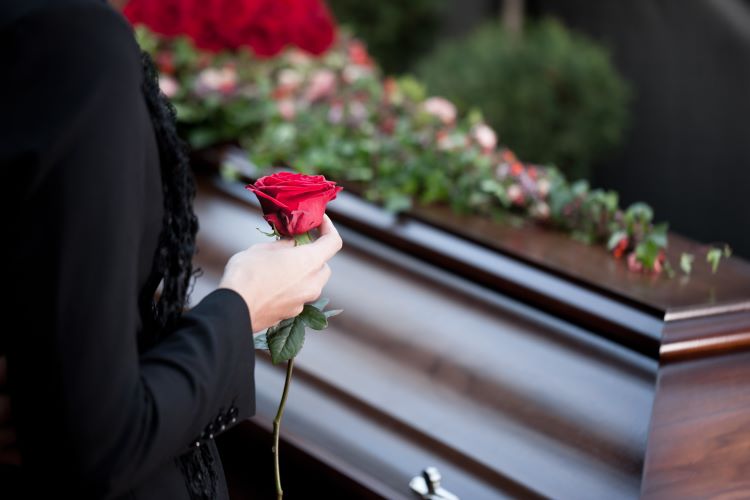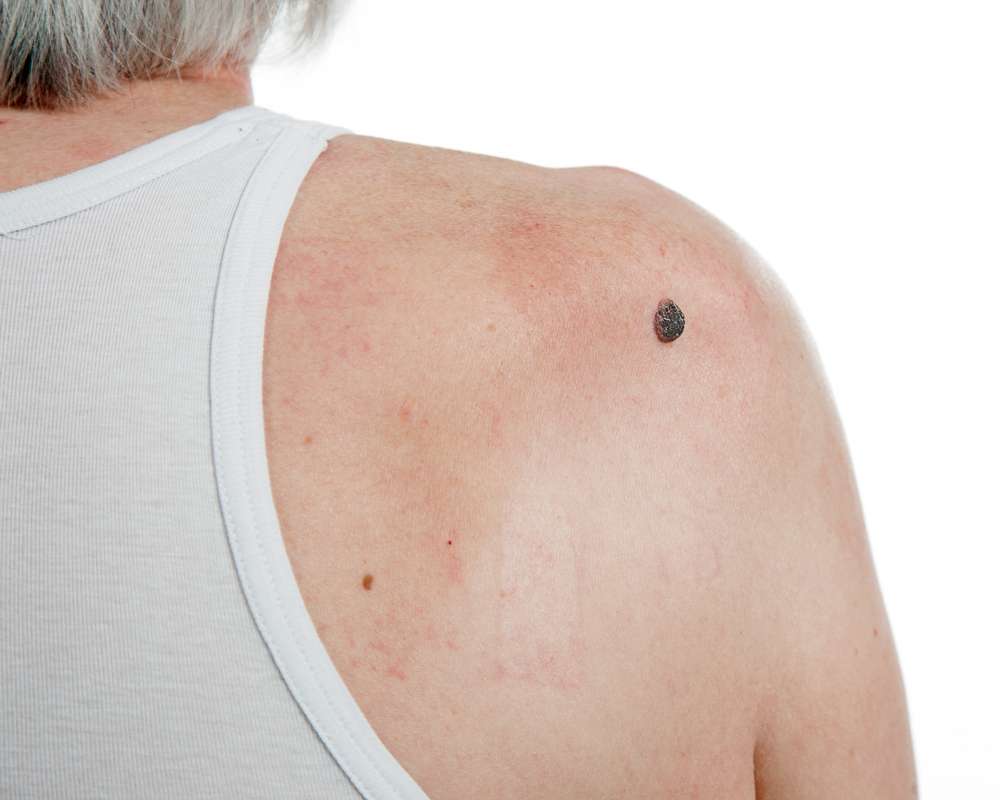What Really Happens During Cremation? A Step-by-Step Look That Brings Peace of Mind
Understanding what happens after a death can bring clarity and comfort. Cremation has become an increasingly popular choice due to personal, spiritual, and practical reasons. But what does the process actually involve, and why are more families turning to it?

The Initial Arrangements: First Steps After Loss
When a death occurs, the first step typically involves contacting a funeral home or cremation provider. During this initial contact, the provider will guide you through several important procedures. They’ll arrange for transportation of the deceased from the place of death to their facility, whether that’s a hospital, home, or care facility. You’ll then need to complete necessary paperwork, including authorization forms for cremation and the death certificate.
The provider will explain available options for services, such as whether to hold a viewing before cremation or a memorial service afterward. They’ll also discuss choices regarding urns, keepsakes, and other memorial items. During this stage, the cremation provider should clearly explain their processes, timelines, and what to expect next, giving families time to make informed decisions without pressure.
Identification and Preparation: Ensuring Dignity and Care
Proper identification is one of the most crucial aspects of the cremation process. Most cremation providers use multiple verification methods to ensure the correct identity of the deceased. These typically include ID bands, forms signed by family members, and photographic verification. These redundant systems help prevent any possibility of misidentification.
After identification, preparation begins. If the family has requested a viewing, the deceased may undergo embalming or cosmetic preparation. If no viewing is planned, the body is typically bathed and dressed in provided clothing or a simple shroud. Medical devices that contain batteries or radioactive materials must be removed, as these can be hazardous during cremation. Throughout this process, staff members are trained to handle the deceased with the utmost respect and care, treating them as they would want their own family members treated.
The Cremation Process: Understanding the Technical Aspects
The actual cremation takes place in a specially designed furnace called a cremation chamber or retort. Before the process begins, the deceased is placed in a combustible container—either a simple cardboard box or a cremation casket, depending on family preferences. Any jewelry or personal items are removed and returned to the family unless specific instructions indicate otherwise.
During cremation, the chamber reaches temperatures between 1,400-1,800 degrees Fahrenheit. The intense heat reduces the body and container to bone fragments and ash in approximately 2-3 hours, depending on various factors including body size and the type of cremation chamber used. Contrary to popular belief, bodies are cremated individually, not in groups, and modern cremation chambers are designed to prevent the mixing of remains.
Once the cremation is complete and the chamber has cooled, the cremated remains are carefully collected. Any metal objects like dental fillings or joint replacements are removed using magnets or manual separation. The remaining bone fragments are then processed into a finer, sand-like consistency that families typically recognize as “ashes.”
Returning the Ashes: The Final Steps
After processing, the cremated remains—which typically weigh between 3-7 pounds for an adult—are placed in either a temporary container or the permanent urn selected by the family. Most cremation providers will arrange a time for the family to receive the remains, often accompanying this with a brief, dignified transfer ceremony if desired.
Families then have numerous options for what to do with the cremated remains. Many choose to keep them in an urn at home, while others prefer to scatter them in a meaningful location. Some divide the remains among family members using keepsake urns or memorial jewelry. Increasingly popular options include transforming a portion of the ashes into memorial diamonds or incorporating them into glass art, tree planting systems, or coral reefs.
Some families choose to place the urn in a columbarium niche at a cemetery or memorial garden, providing a permanent place for visitation. Whatever option is chosen, funeral directors can provide guidance on local regulations regarding ash scattering or placement, as these vary by jurisdiction.
The Cost of Cremation: What to Expect
The cost of cremation services varies widely depending on location, provider, and the specific services chosen. Direct cremation, which includes only the essential services without ceremonies or viewings, typically ranges from $700 to $3,000. Traditional cremation services that include a viewing, funeral service, and sometimes rental of a ceremonial casket generally cost between $3,500 and $7,000.
| Cremation Type | Average Cost Range | What’s Typically Included |
|---|---|---|
| Direct Cremation | $700-$3,000 | Basic services, transportation, crematory fee, simple container |
| Traditional Cremation | $3,500-$7,000 | Same as direct plus viewing/service, embalming, ceremonial casket |
| Green Cremation | $1,000-$3,500 | Eco-friendly process with biodegradable containers |
| Alkaline Hydrolysis | $2,000-$5,000 | Water-based dissolution process (where legal) |
Prices, rates, or cost estimates mentioned in this article are based on the latest available information but may change over time. Independent research is advised before making financial decisions.
Understanding the full cremation process can provide peace of mind during a difficult time. What many families discover is that cremation is handled with professionalism, dignity, and respect throughout every stage. Cremation providers recognize the sacred trust placed in them and work diligently to honor the deceased and support the bereaved. By knowing what to expect, families can focus less on logistics and more on honoring their loved one’s memory in meaningful ways.




